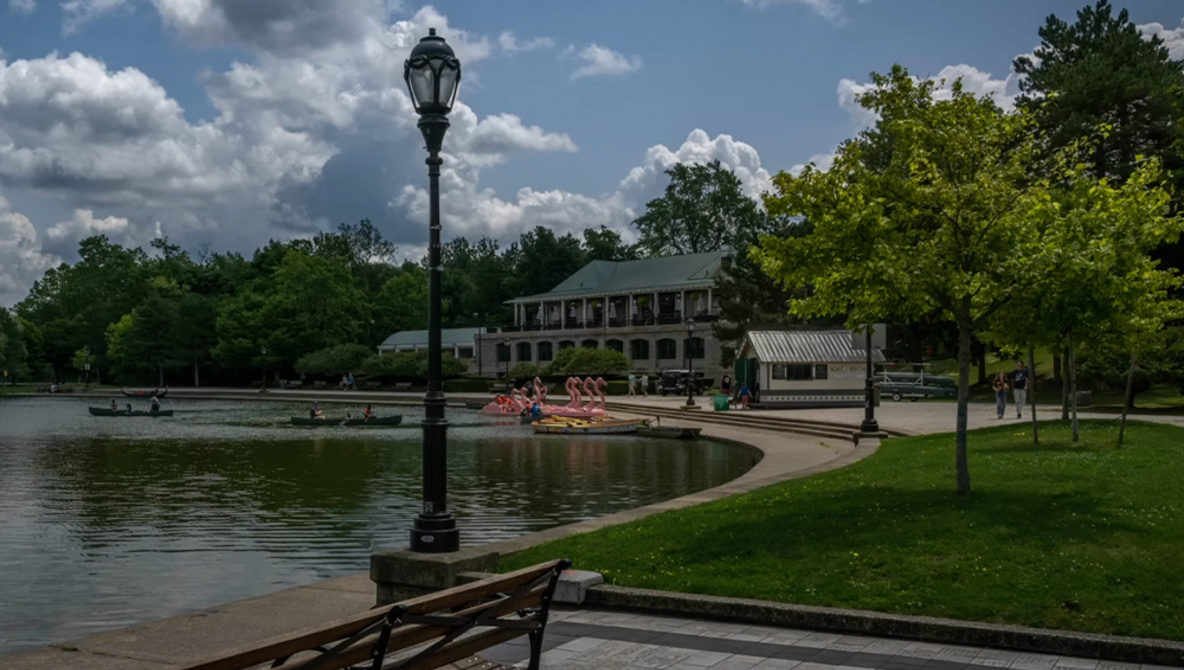21 Years On The Clock: A History Of Virgin Australia
Today marks a significant anniversary in the world of Australian commercial aviation. Specifically, it was on this day 21 years ago that an airline called Virgin Blue commenced operations. Now known as Virgin Australia, let’s take a look at the carrier’s history.
Virgin Australia has operated under its current identity for a decade. Photo: Virgin AustraliaStarting off as Virgin Blue
While we know the airline today as Virgin Australia, it spent the first 11 years of its life operating under a different name. Indeed, when the airline came into existence 21 years ago, it did so under the name Virgin Blue. It started life as a small airline operating just two aircraft on a single route, connecting the Australian cities of Brisbane and Sydney.
Virgin Blue commenced operations 21 years ago today, on August 31st, 2000. According to Seat Maestro, its inaugural Brisbane-Sydney flight was numbered DJ214. Its first two aircraft were a pair of Boeing 737-400s. It leased one of these twinjets from Virgin Express.
This Belgian carrier is one of several former Virgin airlines, and it later became Brussels Airlines. Starting off as a low-cost alternative to existing Australian domestic carriers, Virgin Blue initially served its inaugural Brisbane-Sydney route seven times a week.
Virgin Blue grew quickly in its early years thanks to Ansett’s collapse in 2001. Photo: John via FlickrStay informed: Sign up for our daily and weekly aviation news digests.
Ansett’s collapse fuels growth
As it happened, Virgin Blue could hardly have picked a better time to commence its operations. Just a year later, Ansett Australia‘s collapse left a significant vacuum in the country’s internal market. This allowed Virgin Blue to rapidly increase its domestic footprint.
This eventually saw the airline become Australi’s second-largest domestic carrier. As well as adding 14 destinations, 2001 also saw Virgin Blue carry its millionth passenger (in June that year). As the airline continued to grow, it also launched subsidiaries Pacific Blue and Polynesian Blue to serve key international markets from Australia.
Virgin Blue’s growth also galvanized fleet expansion and renewal programs. The airline soon opted to phase out its original 737-400s in favor of the newer -700 and -800 of Boeing’s best-selling twinjet. By 2005, Virgin Blue had seen its 50th aircraft enter service, as well as becoming the first Australian airline to offer passengers online check-in.
Virgin Blue’s 50th aircraft wore a special all-blue livery. Photo: YSSYguy via Wikimedia CommonsLong-haul network expansion
Virgin Blue had established itself strongly in Australia’s domestic and short-haul markets in its first few years of operations. However, it eventually began to look further afield. This saw it establish a long-haul brand known as V Australia, which commenced operations in February 2009. It went on to fly five Boeing 777-300ER aircraft.
V Australia flew from Virgin Blue’s Brisbane, Melbourne, and Sydney hubs to long-haul destinations such as Abu Dhabi, Johannesburg, Los Angeles, Nadi, and Phuket. Its 353-seat 777s featured a full three-class configuration, including business class flatbeds.
V Australia had partnerships with several other long-haul airlines. For example, it launched its Abu Dhabi route after ceasing operations to Johannesburg and Phuket in order to coincide with a newfound partnership with UAE flag carrier Etihad Airways.
One of V Australia’s five Boeing 777-300ERs. Photo: Timo Breidenstein via Wikimedia CommonsA new name
2011 saw Virgin Blue undergo a significant rebranding campaign. In May that year, it announced that its new name would be Virgin Australia, the identity under which it operates today. V Australia and Pacific Blue were also consolidated into the newly rebranded airline’s operations. The rebrand also saw new lounges open in Brisbane and Melbourne.
Furthermore, Virgin Australia soon had a different fleet makeup to that of Virgin Blue which had preceded it. For example, it began deploying ATR 72 turboprops on regional routes. These supplemented and ultimately replaced the Embraer E170s and E190s that had previously served such corridors, but proved to do so in an uneconomical manner.
In terms of widebody planes, the Airbus A330 became the newly formed Virgin Australia’s flagship aircraft. These twin-aisle jets provided additional capacity on higher-demand routes, as well as a dedicated domestic business class cabin.
The A330 was Virgin Australia’s flagship at the time of its 2011 relaunch. Photo: BriYYZ via FlickrA difficult last couple of years
Last year, the onset of the coronavirus pandemic had a huge impact on the world of commercial aviation. Virgin Australia was far from immune from the challenges of the global health crisis, and has had to significantly restructure in order to survive.
At the start of the pandemic, Virgin Australia grounded such a large proportion of its fleet that it returned to being a solely domestic airline. However, domestic routes were also soon cut, and April 2020 saw Melbourne-Sydney become its only operational corridor. The cessation of Virgin Australia’s New Zealand services resulted in 600 job losses.
After entering voluntary administration in April 2020, ‘Virgin Australia 2.0‘ emerged after US investors Bain Capital purchased (and significantly restructured) the carrier. Amid the crisis, Virgin Australia’s leadership team also underwent significant changes. October 2020 saw its CEO Paul Scurrah leave the airline to be replaced by Jayne Hrdlicka.
Virgin Australia has consolidated its fleet to focus on short-haul flying. Photo: Virgin AustraliaVirgin Australia’s fleet today
So, where have Virgin Australia’s restructuring efforts left the carrier in terms of its fleet. For a start, all of its former widebody aircraft have left the airline. According to data from ch-aviation.com, this comprises six Airbus A330-200s and five Boeing 777-300ERs. Its ATR 72 turboprops have suffered the same fate, as has its Tigerair brand.
This has left Virgin Australia with a consolidated fleet consisting entirely of narrowbody twinjets. Data from ch-aviation shows that the bulk of these are Boeing 737-800s. Indeed, Virgin Australia presently operates a total of 66 of these single-aisle US jetliners.
At the other end of the scale, the smaller 737-700 has minimal representation at Virgin Australia in the form of just two examples. These are joined by five Airbus A320-200s. However, just 15 of the 737-800s are currently active. That being said, the airline will likely see more action as it looks to capitalize on a recovery in the Australian domestic market.
What do you make of Virgin Australia? Have you ever flown with the airline, either as Virgin Blue or under its current identity? Let us know your thoughts and experiences in the comments!
—————
Boost Internet Speed–
Free Business Hosting–
Free Email Account–
Dropcatch–
Free Secure Email–
Secure Email–
Cheap VOIP Calls–
Free Hosting–
Boost Inflight Wifi–
Premium Domains–
Free Domains





